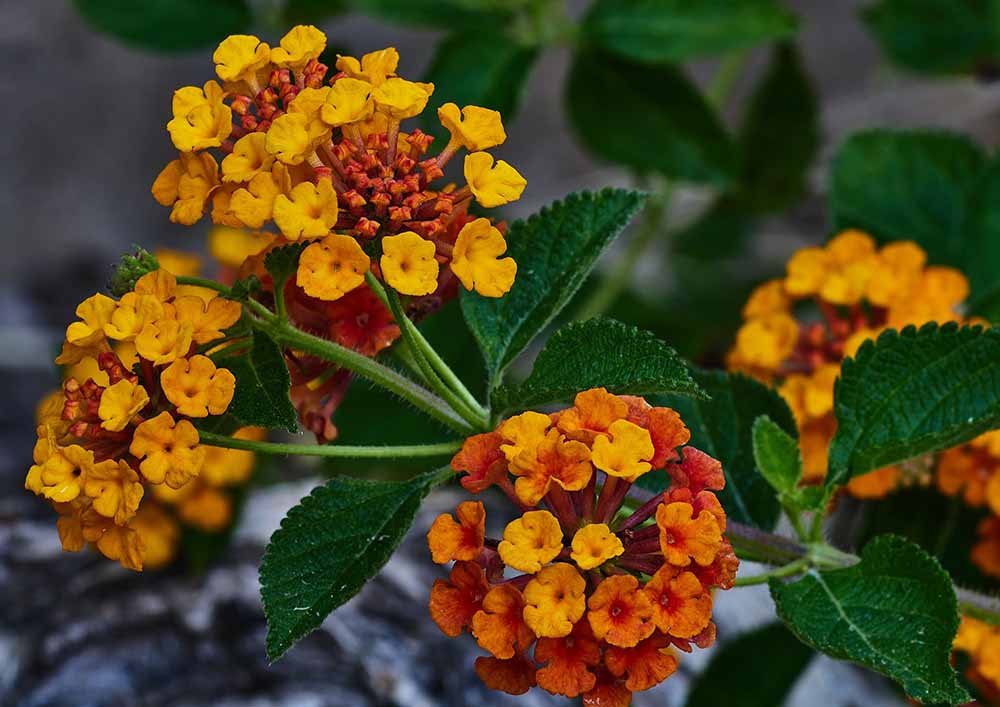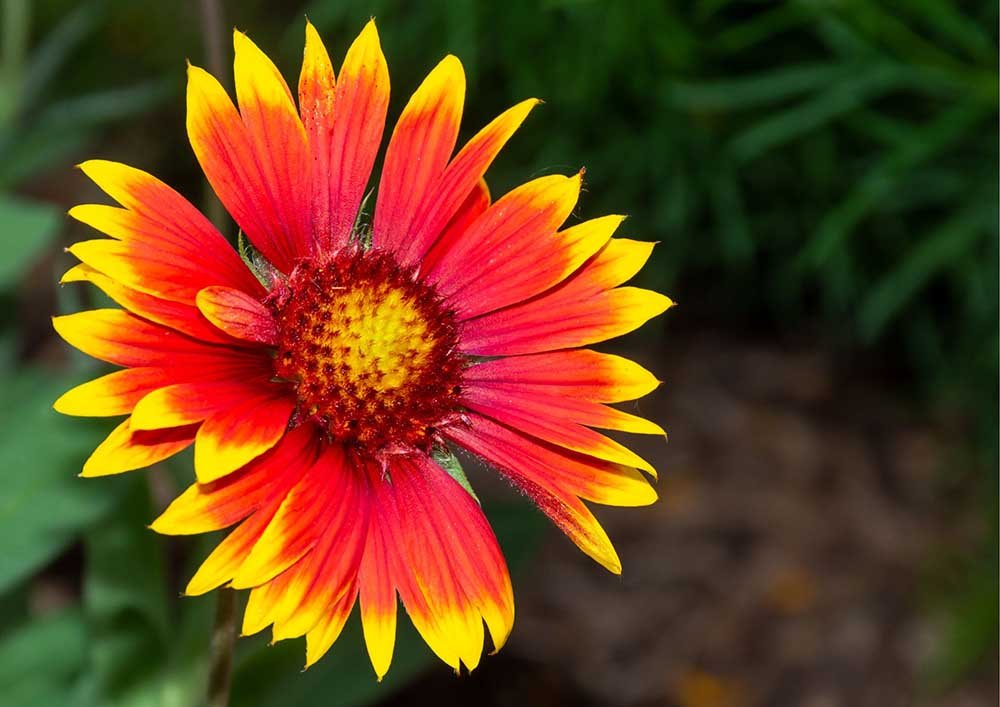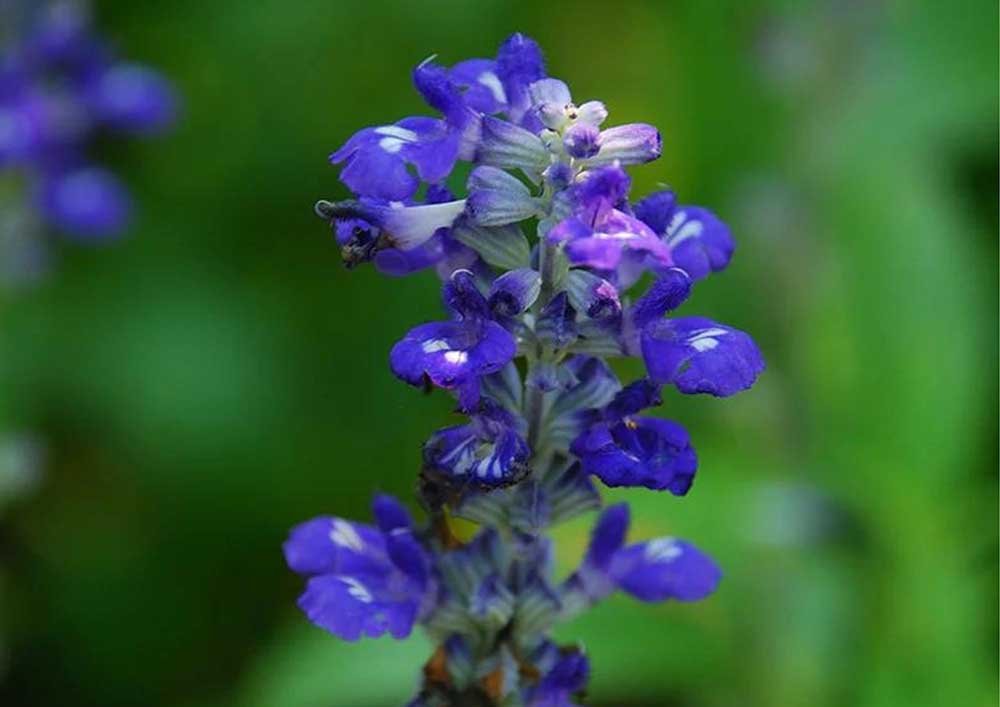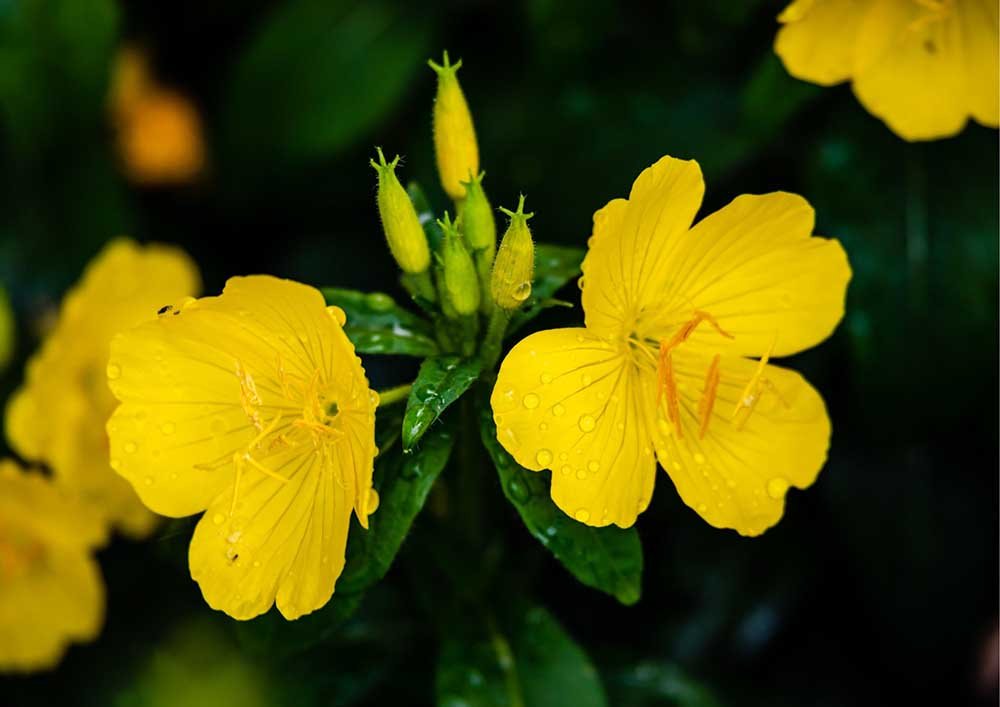Texas is known for its scorching heat, making it crucial to choose plants that can thrive in such conditions. When it comes to cost-effective landscaping in Texas, incorporating budget-friendly native flowers is the way to go. These Texas native plants not only bring beauty and color to your landscape but also thrive in the local climate without requiring excessive maintenance or resources. Here are ten budget-friendly Texas native flowers that can thrive in heat, perfect for naturescaping your yard.
1. Bluebonnet (Lupinus texensis)

The Texas Bluebonnet, also called Texas Lupine (Lupinus texensis), is a beautiful wildflower that paints the state’s landscape blue every spring. It’s one of the reasons Texas is famous for its stunning wildflowers!
Here are some key features of the Texas Bluebonnet:
- Color: Vibrant blue flowers with a white tip, resembling a bonnet (hence the name!)
- Size: Reaches up to 18 inches tall
- Blooming: Early to late spring, depending on weather
- Habitat: Wildflower fields, roadsides, and even some gardens
The Texas Bluebonnet is an annual plant, meaning it completes its life cycle in one year. It starts as a tiny seed, then sprouts green leaves, and finally bursts into a cluster of fragrant blue and white flowers. These flowers attract bees and butterflies, adding to the colorful spring scene.
Interesting fact: Although many people think picking bluebonnets is illegal in Texas, that’s not quite true! There are no laws specifically stopping you from picking them. However, it’s always a good idea to be respectful of the environment and leave plenty behind so others can enjoy it too.
2. Black-eyed Susan (Rudbeckia hirta)

The Black-eyed Susan is a cheerful wildflower native to eastern North America, but you can now find it all across the continent. It’s become quite popular!
What it looks like:
- Bright yellow daisy-like flowers with a dark brown center, like an eye.
- Flowers can be up to 3 inches wide!
- Grows on rough, hairy stems that can reach 2 feet tall.
- Interesting Facts: The Preakness Stakes, a famous horse race in Maryland, is nicknamed “The Run for the Black-Eyed Susans” even though they use a different type of flower in the winner’s circle
3. Texas Lantana (Lantana uticoids)

The Texas Lantana is a lovely shrub that thrives in the heat and brings a splash of color to your garden. Here’s what you need to know about this resilient plant:
- Appearance
- Grows 3-5 feet tall and wide
- Covered in clusters of colorful flowers that change from yellow to orange to red as they mature
- Rough-textured, aromatic leaves (be careful, they can irritate the skin)
- Blooming: Flowers profusely throughout spring and summer, all the way until the first frost
- Conditions:
- Prefers full sun or light shade
- Thrives in poor, dry, well-drained soil, making it a great choice for hot, dry areas
- Very drought-resistant and low-maintenance once established
- Wildlife:
- A favorite among butterflies, attracting them with its nectar
- The fruits attract birds too (though the leaves are toxic to humans and pets)
- Care: Needs minimal care; can be trimmed in late winter to control size
Overall, the Texas Lantana is a beautiful and easy-to-groove-with plant that brings color, attracts pollinators, and requires little fuss. Perfect for hot, sunny spots in your yard.
4. Firewheel (Gaillardia pulchella)

The firewheel, also known as Indian blanketflower or sundance, is a beautiful wildflower native to North America. It’s a popular choice for gardeners because of its vibrant colors and ease of care.
Here’s what you need to know about Firewheel:
- Appearance:
- Showy daisy-like flowers with red centers and yellow or orange tips.
- Grows 1-2 feet tall with hairy stems and mostly basal leaves.
- Growing conditions:
- Thrives in full sun to part shade.
- Prefers well-drained soil, even sandy soil is good.
- Tolerates heat and drought well.
- Easy to grow from seeds.
- Blooming:
- Blooms throughout spring and fall, and sometimes even year-round in warm climates.
- Attracts butterflies, bees, and other pollinators.
Interesting Facts:
- Firewheel can be a short-lived perennial or an annual depending on the climate.
- Deer tend to avoid these plants due to their hairy texture.
5. Texas Purple Sage (Salvia texana)

The Texas Purple Sage, also known as Blue Texas Sage, is a lovely little flowering plant native to Texas, New Mexico, and northern Mexico. It’s a perennial herb, meaning it comes back year after year.
Here’s what makes it special:
- Beautiful blooms: Texas Purple Sage has clusters of attractive purple-blue flowers that bloom for a longer period than some similar plants.
- Compact and adaptable: This little shrub only grows to about 1.5 feet tall, making it a great choice for smaller gardens. It prefers well-drained soil, like the limestone soils it thrives in naturally.
- Low maintenance: Once established, the Texas Purple Sage is a pretty low-maintenance plant. It tolerates hot, dry conditions well.
Interesting Fact: It can be easily confused with Engelmann’s sage, but the Texas Purple Sage has darker, smaller flowers and unopened green buds at the top of the plant, helping you tell them apart.
6. Sundrops (Calylophus berlandieri)

The Berlandier’s sundrops, also known simply as sundrops, is a beautiful flowering plant native to North America, particularly in the south-central United States and northern Mexico.
Here’s a quick description:
- Appearance: Bushy plant reaching 4 to 20 inches tall with narrow, spiny-toothed leaves and showy yellow flowers. Each flower has four broad, crinkly petals and can be up to 2 inches wide.
- Blooming: These lovely yellow blooms appear in spring and summer, with some varieties extending into fall.
- Habit: This low-growing perennial can have a woody base and spreads outwards, creating a dense and attractive ground cover.
- Sun and Water: Sundrops are tough plants that thrive in dry conditions. They prefer full sun or partial shade and don’t need frequent watering.
Overall, sundrops are a great choice for gardeners who want a low-maintenance, long-blooming flower for their rock gardens, borders, or containers. They are also a favorite among butterflies and other pollinators.
7. Mexican Hat (Ratibida columnifera)

The Mexican Hat, also known as the upright prairie coneflower or longhead prairie coneflower, is a beautiful wildflower native to North America. It’s easy to see why it got its common name – the flowers resemble a Mexican sombrero with drooping petals and a prominent central disc.
Here’s what you need to know about this interesting plant:
- Appearance:
- Grows 1-3 feet tall with branching stems and feathery green leaves.
- Showy flowers with drooping yellow, red, or bicolored petals surrounding a long, brown central disc.
- Blooms throughout summer and fall, attracting butterflies and adding color to your garden.
- Growing conditions:
- Thrives in full sun and well-drained soil.
- Tolerates drought, heat, and even poor soil conditions.
- Generally pest and disease-resistant.
- Easy to grow from seed and spreads readily.
Things to keep in mind:
- Can be aggressive growers and may crowd out other plants.
- The leaves have a strong scent that deters deer.
Overall, the Mexican Hat is a low-maintenance wildflower that provides long-lasting color and attracts pollinators. It’s a great choice for gardeners looking for a beautiful and easy-to-care-for addition to their sunny landscapes.
8. Mealy Sage (Salvia farinacea):

The Mealy Sage, also known as Mealycup Sage or Blue Sage, is a beautiful flowering plant that can add a pop of color to your garden. Here’s what you need to know about this easy-to-grow plant:
- Appearance:
- Showy spikes of blue or white flowers that bloom throughout summer.
- Narrow, green leaves that may have a slightly glossy sheen.
- The plant itself forms a compact clump and can grow up to 3 feet tall.
- Stems and flower calyxes have a fine white fuzz, which gives the plant its “mealy” name.
- Growing conditions:
- Prefers well-drained soil and sunny locations.
- Considered a perennial in warmer climates (zones 7-10), but often grown as an annual in colder areas.
- Fast-growing and easy to care for, making it a great choice for beginner gardeners.
- pen_spark
Here are some additional things to keep in mind:
- Mealy Sage can be grown from seeds or transplants.
- Deadheading (removing spent flowers) encourages continued blooming.
- The plant may need to be cut back in midsummer to maintain a bushy shape.
Overall, Mealy Sage is a versatile and low-maintenance plant that’s perfect for adding color and attracting pollinators to your garden.
9. Rock Rose (Pavonia lasiopetala):

Appearance:
- Bushy plant reaching up to 4 feet tall.
- Light green, fuzzy, heart-shaped leaves with scalloped edges.
- Showy, hibiscus-like flowers in shades of pink or rose, about 1.5 inches wide
- Blooming
- Flowers throughout summer and fall, putting on a long-lasting show.
- Individual flowers open in the morning and close in the afternoon.
- Growing Conditions:
- Prefers well-drained soil and sunny spots, but tolerates some shade.
- Adaptable and fairly drought-resistant, although it appreciates occasional watering during hot summers.
- Benefits from pruning a couple of times a year to keep it bushy and encourage more flowers.
- Attracts
- Hummingbirds love the nectar in the flowers, making your garden a haven for these beautiful pollinators.
Overall, the Rock Rose is a low-maintenance, colorful bloomer that’s a great addition to gardens and landscapes. It’s easy to care for and brings a touch of Texas to your backyard!
10. Purple coneflower

The purple coneflower is a beautiful wildflower native to central and eastern North America. It’s a popular garden flower too, known for its easy care and long bloom time. Here’s what you might want to know about this interesting plant:
- Appearance:
- It’s a tall plant, reaching up to 4 feet high with daisy-like flowers.
- The flowers have drooping reddish-purple petals surrounding a spiky brown center.
- Some varieties may have white petals.
- Blooming: It blooms for a long season, throughout summer and sometimes into fall.
- Growing conditions:
- Prefers sunny spots with well-drained soil.
- Once established, it’s quite drought tolerant.
- It attracts butterflies, bees, and other pollinators, making it a great choice for a pollinator garden.
Interesting facts:
- The name “echinacea” comes from the Greek word for “hedgehog,” referring to the spiny center of the flower.
- Purple coneflower is not just beautiful, it’s also used in some herbal remedies.
Choosing Texas native flowers benefits your garden and the environment alike. These budget-friendly options, from wildflowers to perennials, add vibrant hues, attract essential pollinators, and thrive in local conditions without straining your finances. Want to transform your yard into a beautiful, sustainable haven? Blades of Glory Landscaping Service LLC can help! We specialize in designing and installing native Texas landscapes that are stunning and water-wise.






